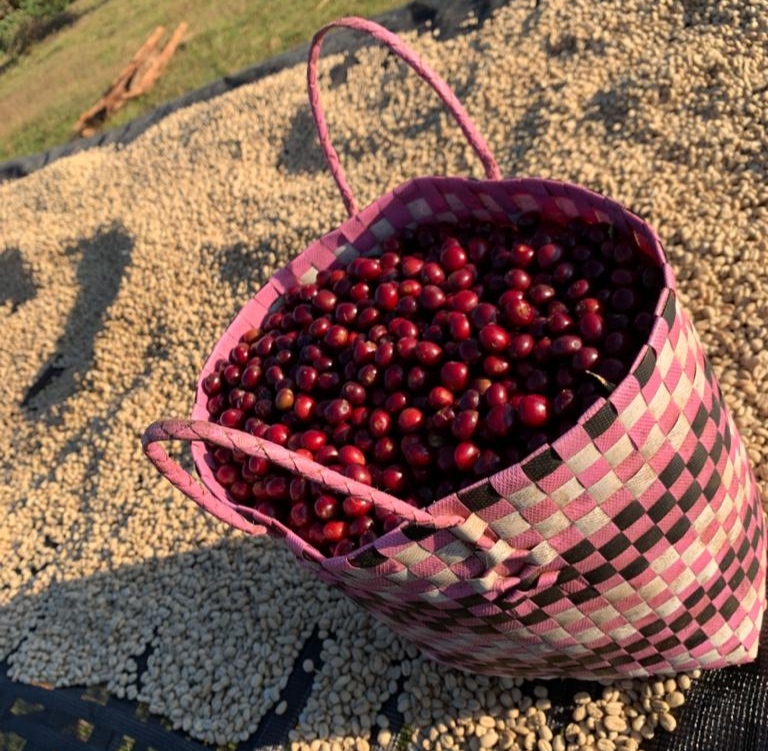Why this coffee stands out?
There is no doubt that Ethiopia takes coffee quality seriously, and Sammi Bedessa #1 proves that. The cupping score of 87.5 speaks for itself.
It is a washed coffee, so if you are looking for juicy coffees and rich flavour notes, you will surely like this one.
“There’s no way around it – we’ve drank more samples than we should have, but we just can’t hold back” Nordic Approach Team

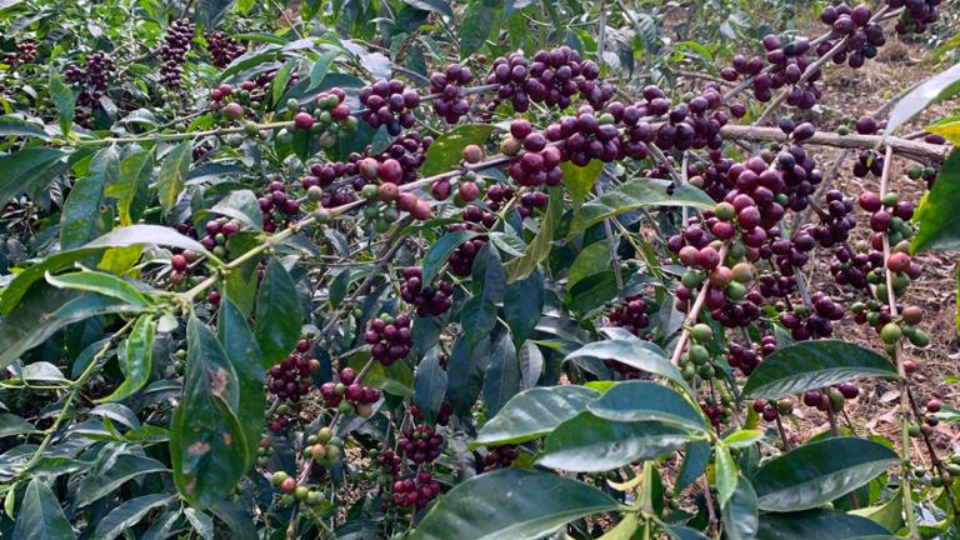
What does it taste like?
Samii Bedesaa is tealike, floral and delicate. It has flavours of jasmin, violet and bright tropical fruit of orange and mango notes.
In order to fully track the coffees and facilitate their selection, our team created a useful “flavour wheel”, where we have associated flavor profiles to colors.
Where does this coffee come from?
Sammi Bedessa #1 hails from Ethiopia, a country that has emerged as a favorite among roasteries.
It is produced at Hambela Bedessa Washing Station, located in Hambela Wamena, a well-known part of Guji that emerged from the privatization of coffee in Ethiopia in 2017, that’s consistently delivered expressive and flavour intensive profiles.
Interesting facts:
- Harvest started in all the major growing areas of Ethiopia early November.
- Farms area located above 2000 masl.
- The soil type is red clay loam and fertile rich forest.
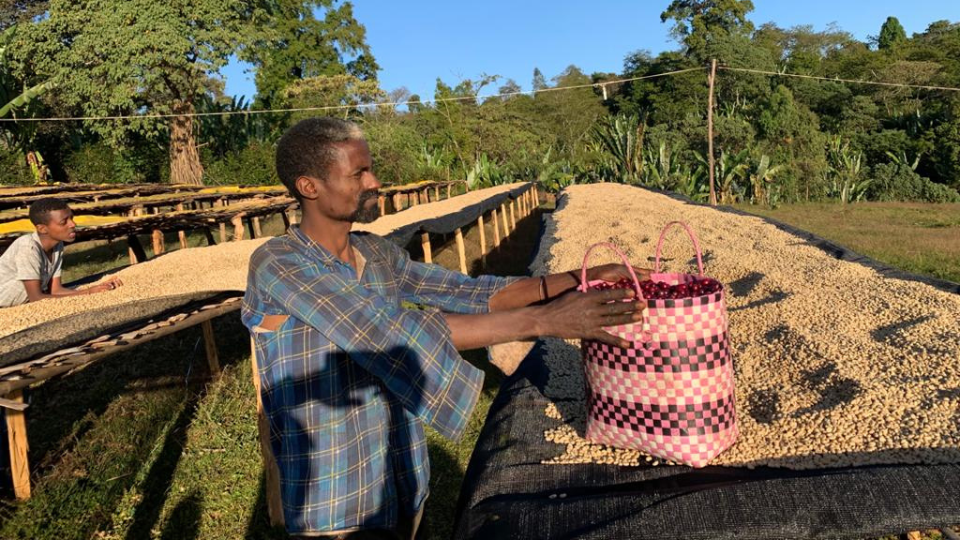
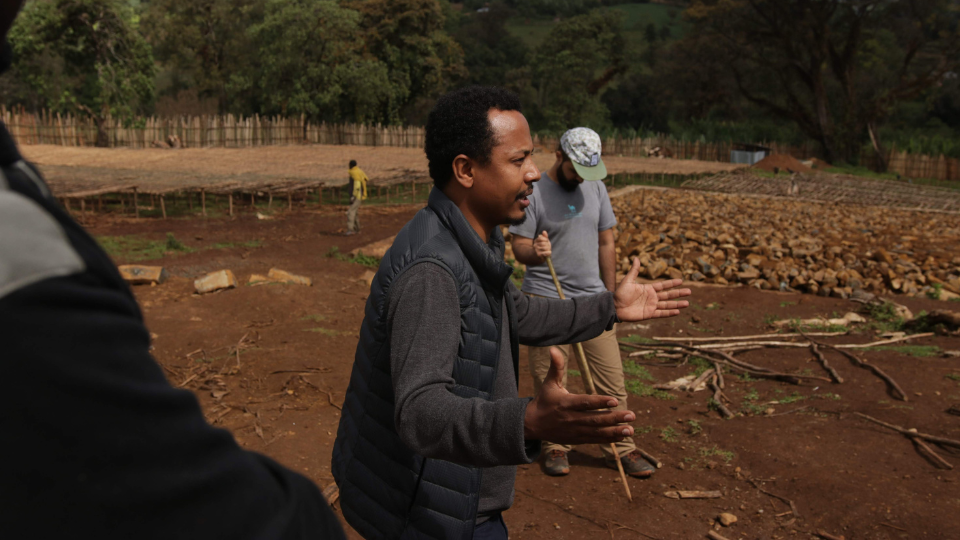
Those behind its success
Asnake Kasa is the founder of Power Coffee Trading, and a specialist in specialty coffee.
He has worked across a variety of areas including cupping, agronomy, farmer training, sustainability, quality control, export coordination, logistics, and many others.
His attention to detail and processing skills bring out the true flavours and potential of Ethiopian coffee.
How is it process?
1. Cherries are collected manually and hand sorted later.
2. The cherries are pulped by a traditional Agaarde Discpulper. Skin and fruit pulp are removed before the machine grades the parchment in water as 1st or 2nd quality, determined by density.
3. Wet fermentation for 72 hours.
4. Coffees are washed in channels, and graded in water by density.
5. After fermentation, soaking takes place for 2 hours.
6. Coffee is then piled up in layers which are 2 cm in height and dried over a 10-day period, then followed by hand sorting for 2-4 hours.
7. After drying, the coffees will be packed in jute bags and stored in the local warehouse onsite, separated by process and grade. This process helps condition the coffee and achieve a more uniform humidity.
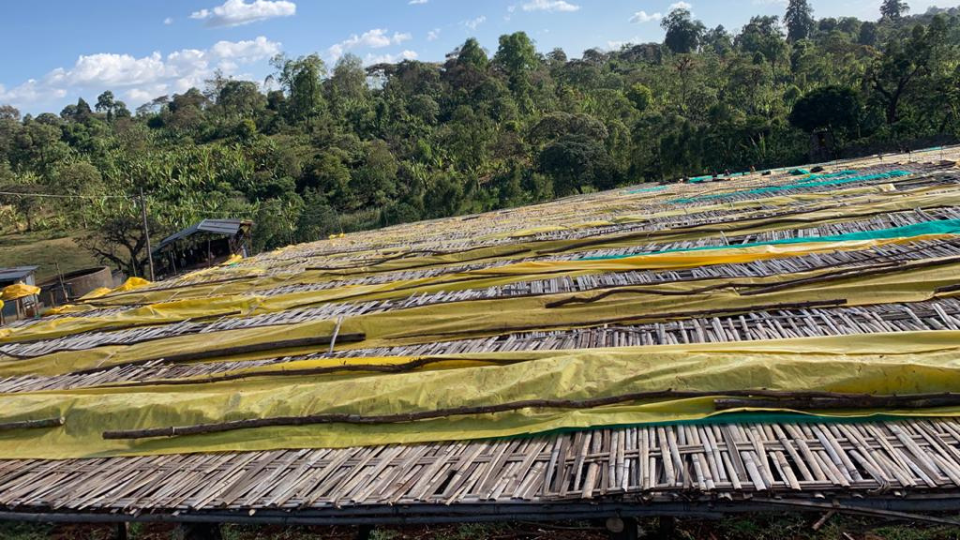
What are people saying about this coffee?
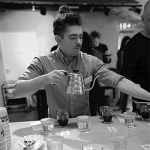

Do you want to give your opinion?
Send us a comment with your opinion of Samii Bedessa and we will add it to the testimonials.
If you would like to try it out, you can click here.
#ArtOfOrigin
The experience of cupping coffee has just turned into an exhibition!
